Photo enthusiasts and prosumers will be happy to know that Nikon has recently come up with the third iteration of the Z6, name simply the Z6 III. The new camera comes with an overhauled body, upgraded the software and an interesting new sensor.
The “Partially Stacked Sensor” promises better data transmission over its predecessor while keeping costs low. Unlike the fully stacked sensors of the Nikon Z8 and Z9, which have a wiring layer covering the whole sensor, the Z6 III only has extra circuitry on parts of the sensor to deliver sensor readings to the image processor.
While data transmission is not as quick as that of its more powerful siblings in the lineup, it is a considerable upgrade over the earlier Z6 II.
The new camera also inherits the outstanding auto-focusing system from the powerful Z8 and Z9, so it’s no surprise some people are calling this camera the “mini-Z8”.
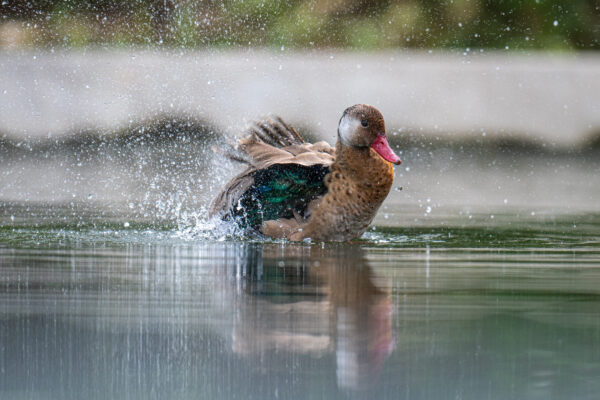
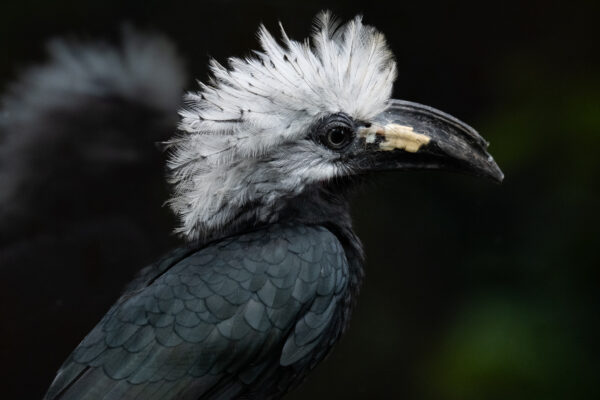
The Z6 III detects subjects much faster, locks on to targets more accurately during a multi-exposure capture, has a higher refresh rate for the bright 4000-nit electronic view finder, and avoids the rolling shutter effect when panning during video capture.
My experience at Mandai’s Bird Paradise bears out many of Nikon’s promises. The camera locks on a subject and then looks for its eyes to achieve focus. This applies to both humans and animals.
The camera’s ability to capture frames before the shutter is released and maintain continuous capture at 20fps with an electronic shutter or 14fps with a mechanical shutter means grabbing the decisive moment is much easier than before.
Thanks to its ability to take images with DPI-P3 and Adobe RGB Colour Profiles, the camera can save more colour data, which is helpful for landscape and wildlife photography, especially colourful birds in the park.
The colours displayed in the images are vibrant. With some post-editing, they popped out even more.
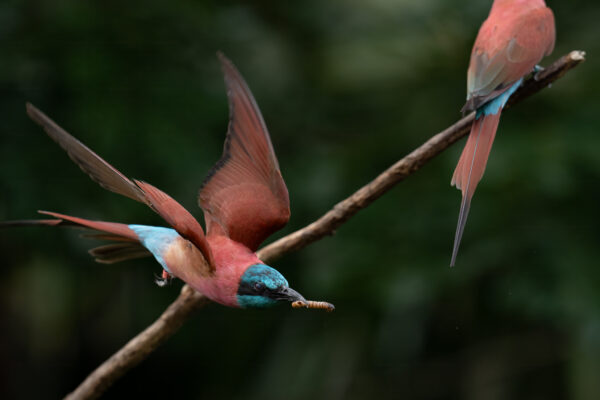

The new sensor also enhances the Nikon camera’s video capabilities. It can save internal N-RAW at 6K resolution at 60 frames per second (fps). Videographers can use the H.265 codec at 5.4K/60 fps or ProRes RAW at 6K/30 fps, so video editors get maximum flexibility during post-production.
For creative slow-motion capture, the camera can save at 240fps but only in Full HD or 120fps in 4K resolution in APS-C crop mode, both in H.265 codec.
The 24.5-megapixel sensor produces large image and video files, so it is best to use the camera with the CFExpress card to avoid filling the memory buffer and lagging the camera. There is a second slot for SD Cards for more budget-conscious users since the CFExpress cards still cost a pretty penny.
With videography, audio is another feature Nikon has improved. The Z6 Mark III has a switchable Mic-in/Line-in port that lets you change between the microphone and other audio inputs to use different audio sources without tweaking the audio gain during production. The Z6III also comes with a variable-angle LCD screen for those who are into vlogging.
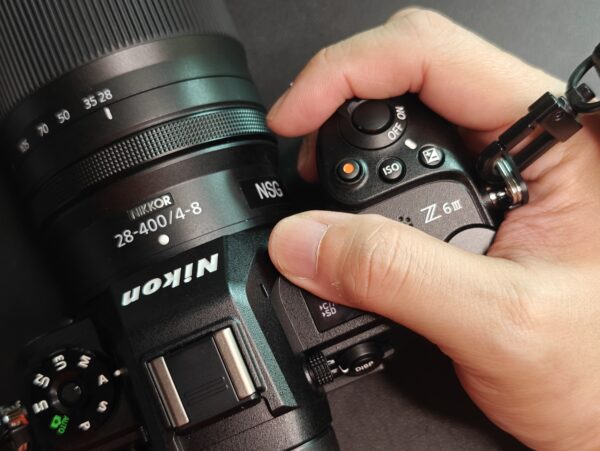
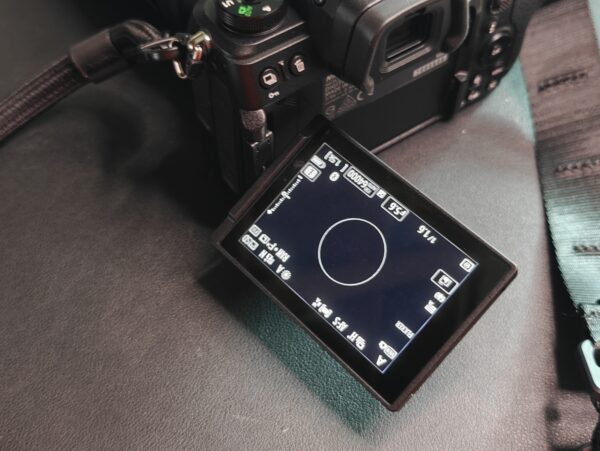
The Z6 Mark III feels familiar if you own a Z6 Mark II that comes with similar button placements. The main difference is the height and depth of the grip.
I prefer the newer camera with its deeper grip, which helps when using bigger lenses such as the Nikon 180-600mm f5.6-6.3. However, as features grow, the menu also becomes more convoluted, so it is time to streamline the menu further.
Sadly, my experience with Nikon’s SnapBridge app is still dismal. A quick transfer of some photos to an Android smartphone still takes too much effort. During my quick tests, the app and camera Wi-Fi link only worked after several frustrating attempts.
If you want an upgrade from the entry-level Nikon Z5, the Z6 III deserves consideration. It has professional-level features for photography and videography, albeit with a sensor with a smaller pixel count.
Thanks to software like Topaz Gigapixel or Topaz Photo AI, you can easily enlarge images from the Z6 III without visible degradation.
Having a 24.5-megapixel sensor in your camera is no longer a significant disadvantage, which makes the new Nikon camera an attractive one. It’s out in Singapore from S$3,899 for the body alone, while lens kits start from S$4,799.
CORRECTION at July 8, 2024, 4:40pm: An earlier version of the article misspelt Nikon’s app. This has been corrected in the current version. We are sorry for the error.
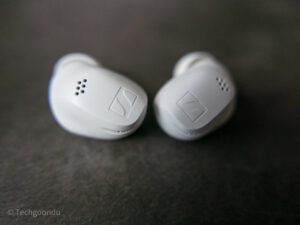






“¡El Nikon Z6 III parece ser una actualización impresionante! https://ressoapkpro.net/ La incorporación del sensor parcialmente apilado y el sistema de enfoque automático heredado de los modelos Z8 y Z9 sin duda mejoran su rendimiento en comparación con el Z6 II. Es genial ver cómo Nikon ha mejorado tanto la capacidad de captura en video como la de fotografía, especialmente con la opción de grabar en N-RAW a 6K. La nueva pantalla LCD de ángulo variable también es una gran adición para los creadores de contenido. Aunque el precio es un poco elevado, parece que el Z6 III ofrece un excelente equilibrio entre características profesionales y accesibilidad. ¡Gracias por compartir esta reseña detallada!”